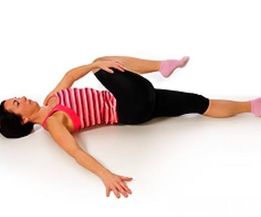IT Band Syndrome and Lateral Knee Pain
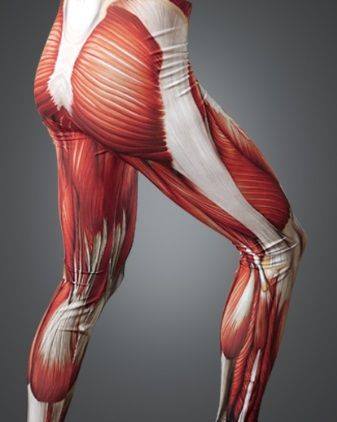
The iliotibial band is a thick band of connective tissue that forms from the gluteal muscles, stretching from the top of the tibia (lower leg), along the outer thigh to the pelvis, helping to abduct the hip and stabilise the knee in flexion and extension. The IT band passes smoothly across the end of the thigh bone at the knee when it extends, due to fluid filled sacs, but when the area becomes inflamed, this causes friction and consequently, pain in the outer knee. Overuse of the knee will then increase the risk of IT band syndrome, which is the most common cause of outer knee pain in runners and cyclists. The pain will often hit just above the knee joint when the heel strikes the ground and if ignored, can cause scarring which will then cause reduced movement and increased pain.
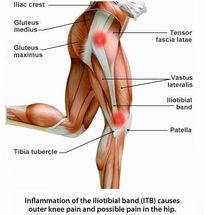
SYMPTOMS
• Knee Pain - on the lateral side of the knee due to inflammation where the band crosses the end of the thigh bone, starting as a pricking sensation, but develops into a stabbing pain when the heel strikes the ground.Pain may radiate up the outer thigh.
• May be a snapping sound at the knee, and some swelling either laterally or below the knee.
CAUSES
• Anatomical predisposition (leg-length discrepancy, an abnormal pelvic tilt, or bowed legs) causing the IT band to be tight, increasing friction when the band crosses the femur
• overuse particularly in long-distance runners, cyclists, and other athletes who repeatedly squat.
• including poor training habits – eg. always running on the same side of the road, can create the effect of leg-length discrepancy, due to one leg always being downhill compared to the other, causing pelvic tilt.(Due to banking of roads for water drainage) Running downhill is more stressful to the IT band due to the knee stabilisation required.
• cyclists with poor posture on their bike – alignment of toe clips may force the foot to rotate internally, causing the effect of bowed legs, which increases the angle of the IT band and the risk of inflammation.
• flat feet - have been linked with ITBS due to the increased pronation causing internal rotation of the leg and tension on the outer thigh.
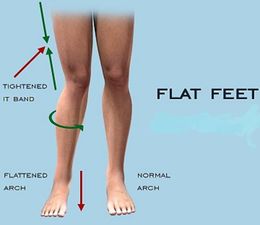
• poor flexibility of muscle
• other mechanical imbalances in the lower back, pelvis, hips, and knees
• activities such as rowing or weight lifting where there is excessive knee flexion or squatting.
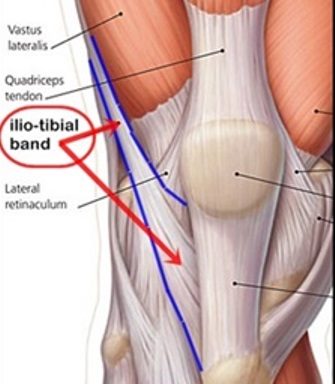
TREATMENT
• rest, ice, compression, and elevation (RICE) to reduce inflammation
• Anti-inflammatories, eg.ibuprofen
• Stretching
• Massage
• Physiotherapy, orthotics
• Steroid injections
• Surgery (in rare cases)
PREVENTION
• maintaining flexibility and strength of the low back, hips, knees, and leg muscles,by stretching
• don’t overdo training
• run on even surfaces
• don’t run in old, worn out shoes
• ensure that toe clips on your bike are fitted properly to avoid rotation of the leg
• wear arch supports if flat footed
STRETCHES TO RELAX THE IT BAND
1)side-lying IT band stretch - pulling the foot on your knee down towards the floor stretches the outer thigh.
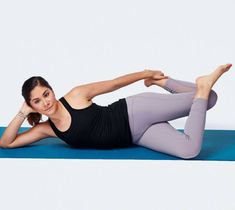
2)Seated Hip and ITB Stretch
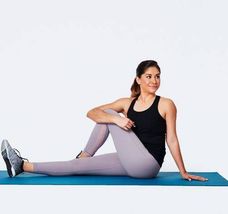
3)Knee to Opposite Shoulder Stretch
